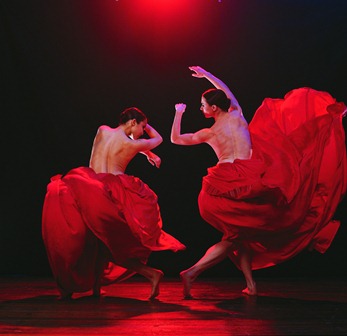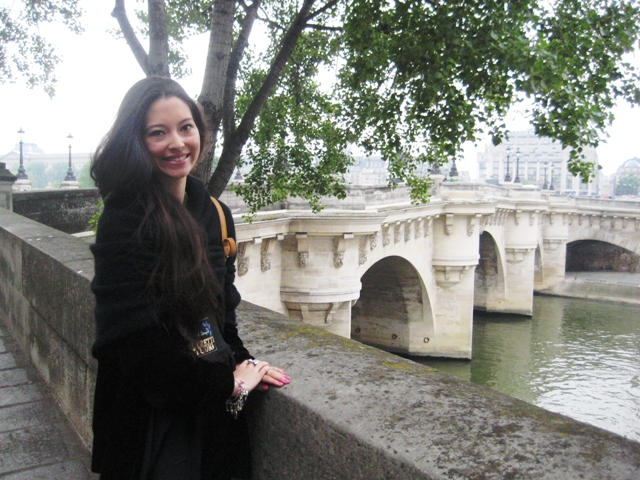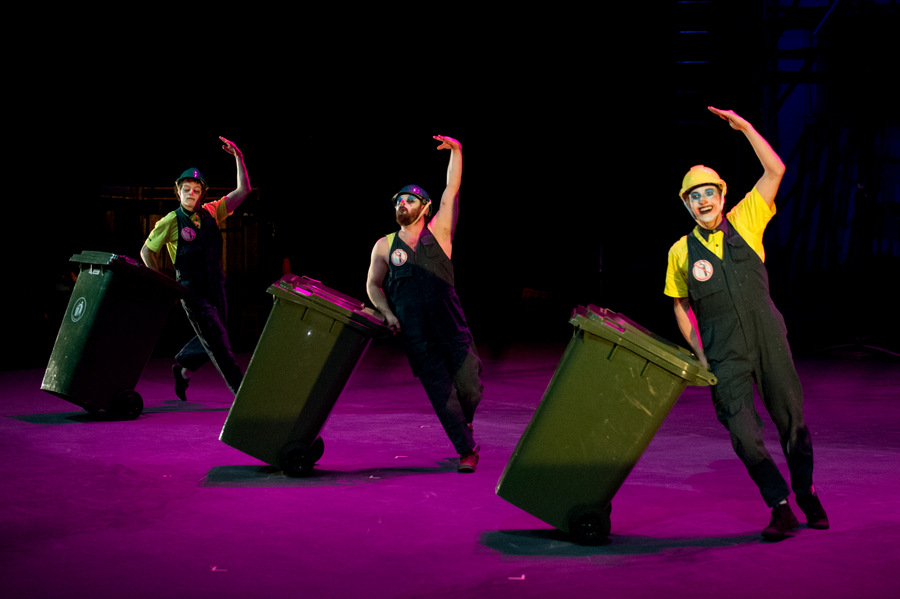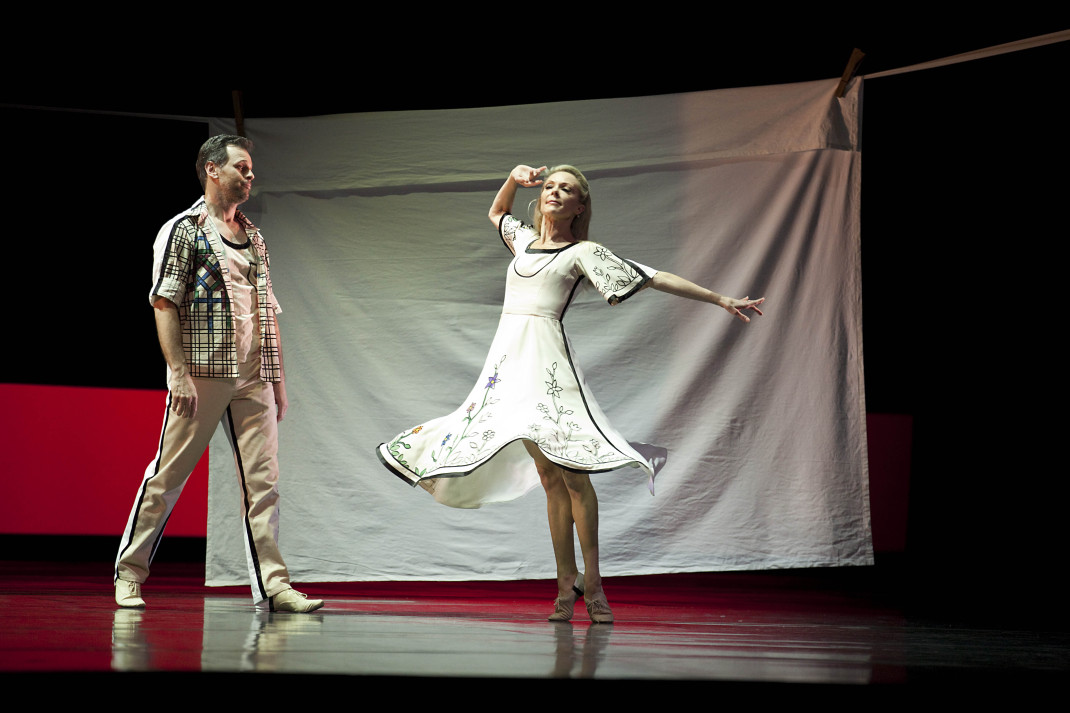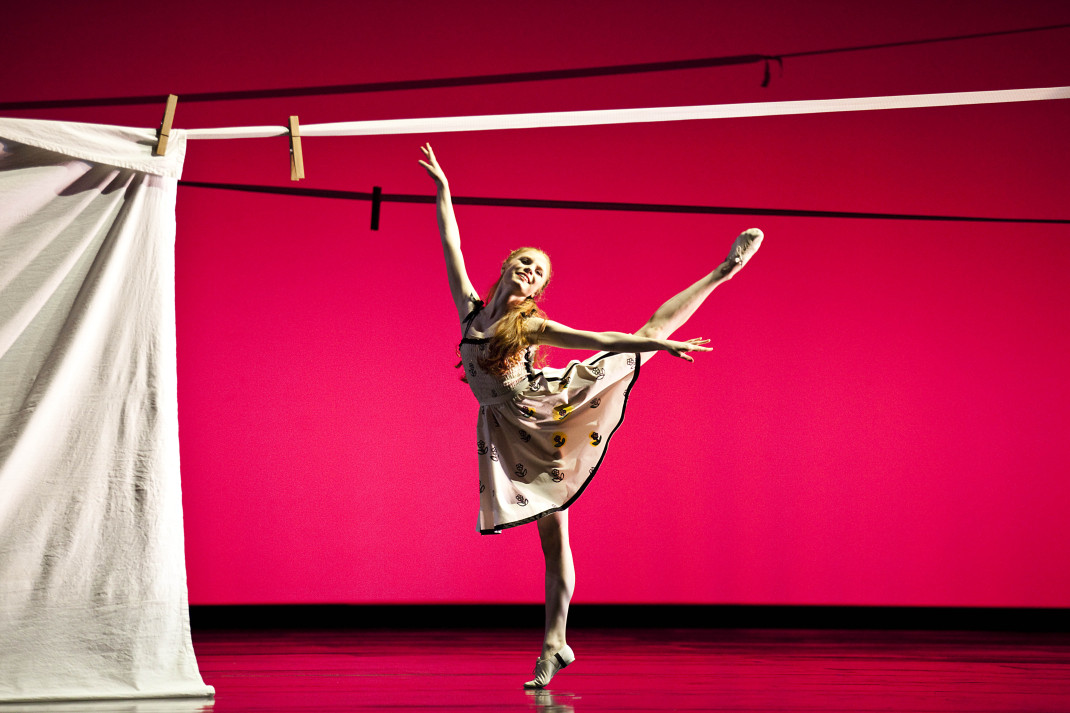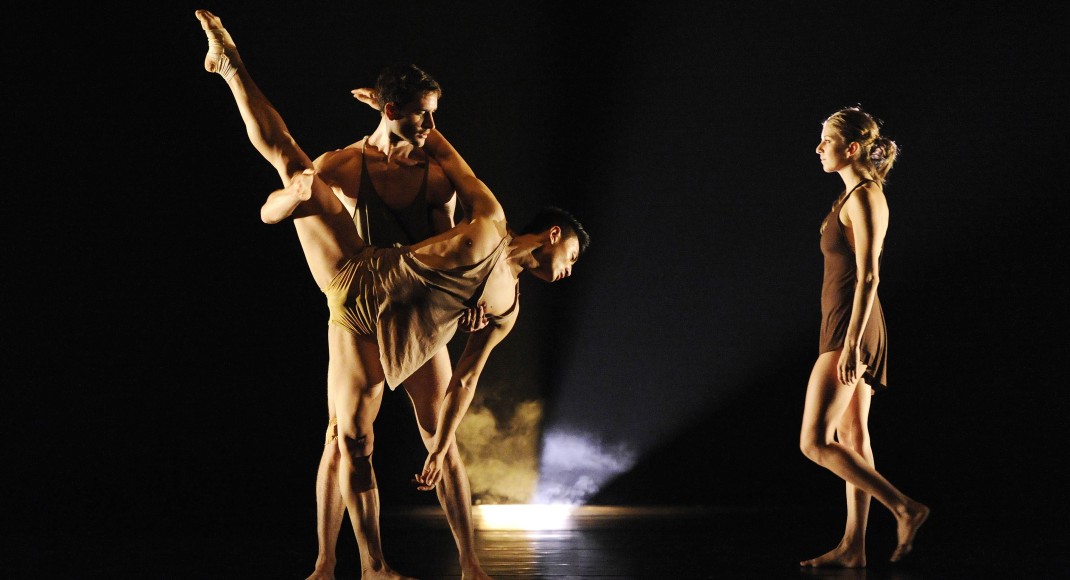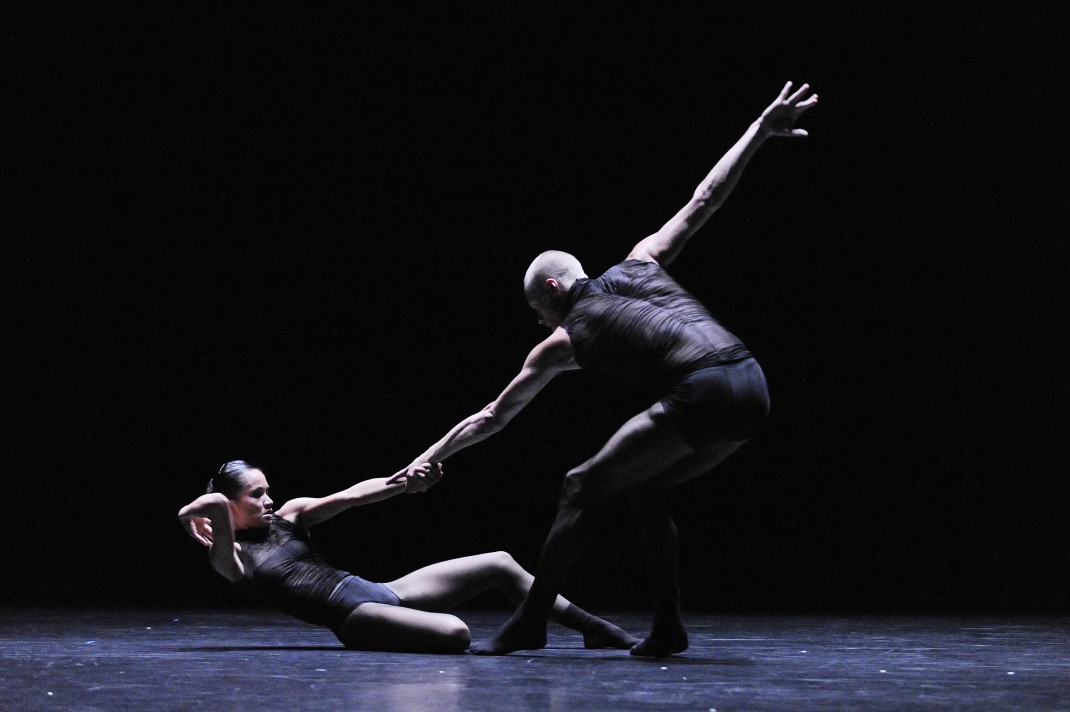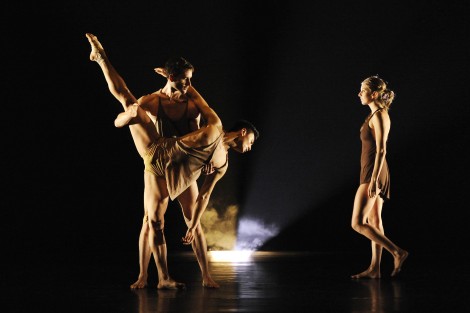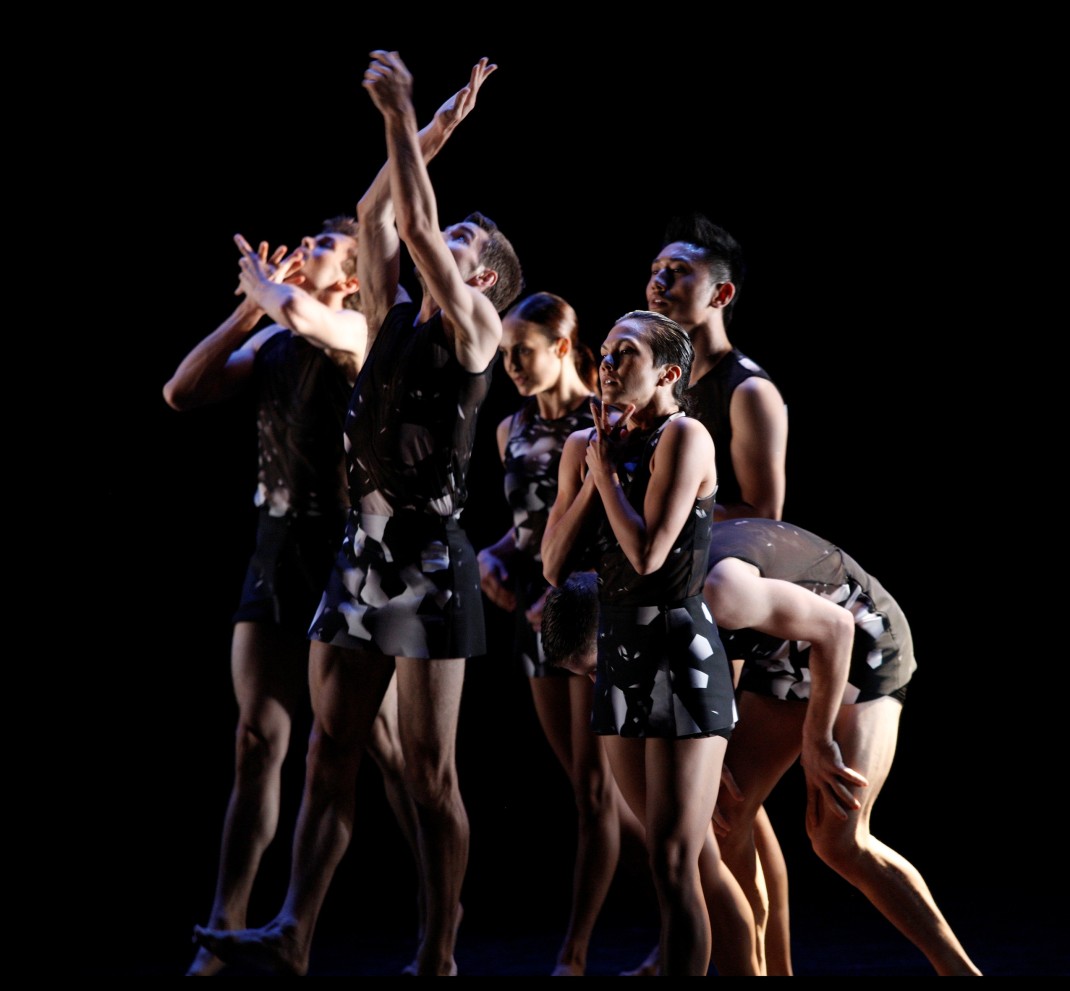Living Treasure is a brief memoir: brief but appealing in its thoughtful discussion of the early directorial careers of Graeme Murphy and Janet Vernon. Author John Ellison Davies, former critic for the now defunct newspapers Nation Review and The National Times, focuses on the last years of the 1970s and remarks it was a time ‘when most of their adventure lay ahead of them’.
But prior to his discussion of the works of the late 1970s, Davies reproduces the press release issued in mid-2006 when Murphy and Vernon resigned from Sydney Dance Company. He comments: ‘It was a bombshell of pride, anger, and hope for the future’, and for us it is more than salutary to reread that press release almost seven years later. Especially striking is that Murphy and Vernon mention their ‘sadness’ as they watch dance entering what they call ‘a less dynamic phase’.
Davies goes on to give an abbreviated account of the careers of Murphy and Vernon immediately before they took up the reins of the Dance Company of N.S.W, which just a short time later became Sydney Dance Company. He concludes by publishing three of his reviews written between 1978 and 1979. One concerns Poppy, another Rumours and the third the 1979 Signature Season.
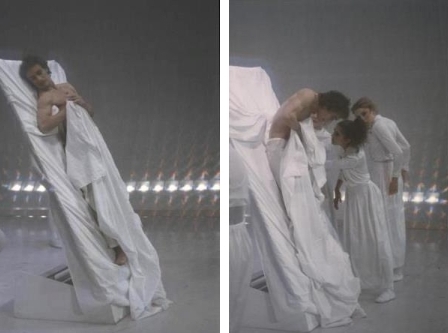
For those of us who were lucky enough (and are old enough) to have seen the earliest Murphy/Vernon productions it is a treat to read such graphic, analytically absorbing accounts of them from Davies’ pen. And the reviews are well chosen, not only because they refer to significant works by Murphy but because they show us Murphy’s ability to work with diverse subject matter—the themes of Poppy and Rumours, for example, are worlds apart. For those who didn’t see these early shows, Davies makes it easy to visualise what they were like.
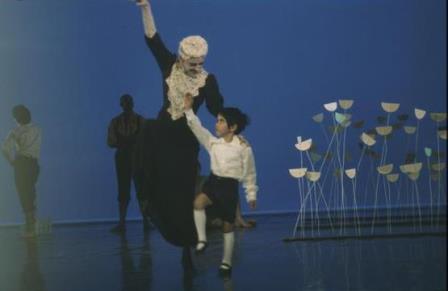
The publication is unillustrated (I’m sure for very good reasons associated with the difficulties of self-publishing) so I have reproduced a few images from Poppy, taken from a 1980 production, in this post and have attempted to choose images that illustrate some of Davies’ descriptive passages. His analysis of Murphy’s treatment of Cocteau and his opium addiction is especially interesting.
As an aside, an oral history interview recorded with Murphy by Hazel de Berg in 1981 expands upon the years covered in Living Treasure, and on Rumours and Poppy in particular. An edited version of this interview was published in 1994 in the first issue of the journal Brolga: an Australian journal about dance. This article is not available in the online version of Brolga but it is worth hunting out in libraries that subscribed to the journal in print form. The introduction to the edited interview is at this link.
Living Treasure was published by Amazon in 2012 as an e-book for Kindle. I believe it can also be downloaded onto other devices. It’s well worth it, despite the brevity of the publication. It is food for thought too on the issue brought up in the 2006 press release of dance being less dynamic (and indeed by extension the issue of dance writing in a world where newspapers seem to have less and less substantial comment, especially about the arts, and fewer and fewer informed writers, especially about dance).
Michelle Potter, 28 February 2013
